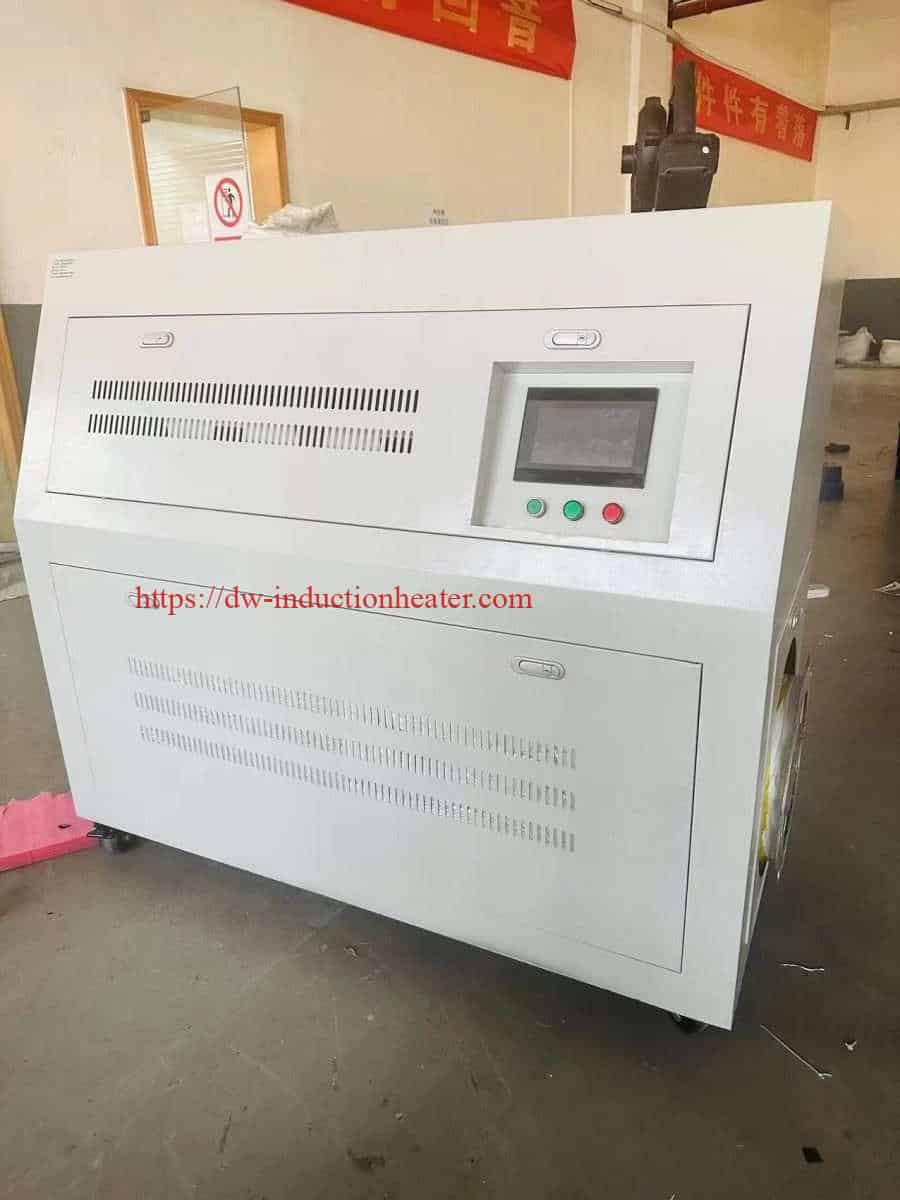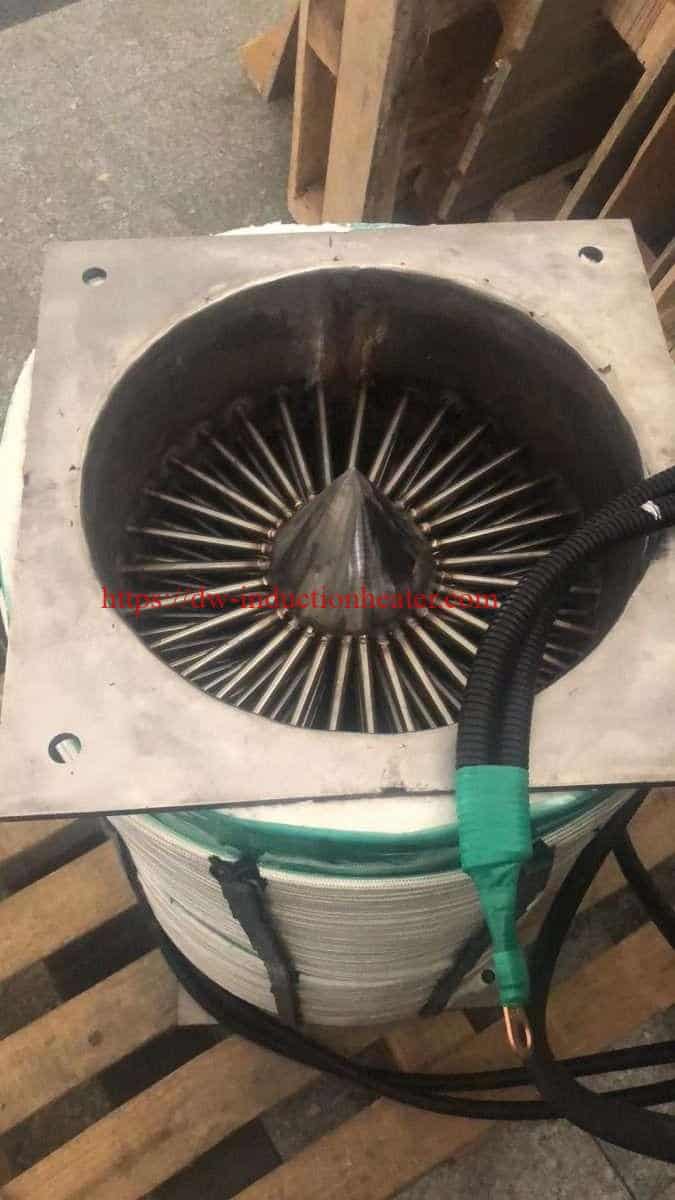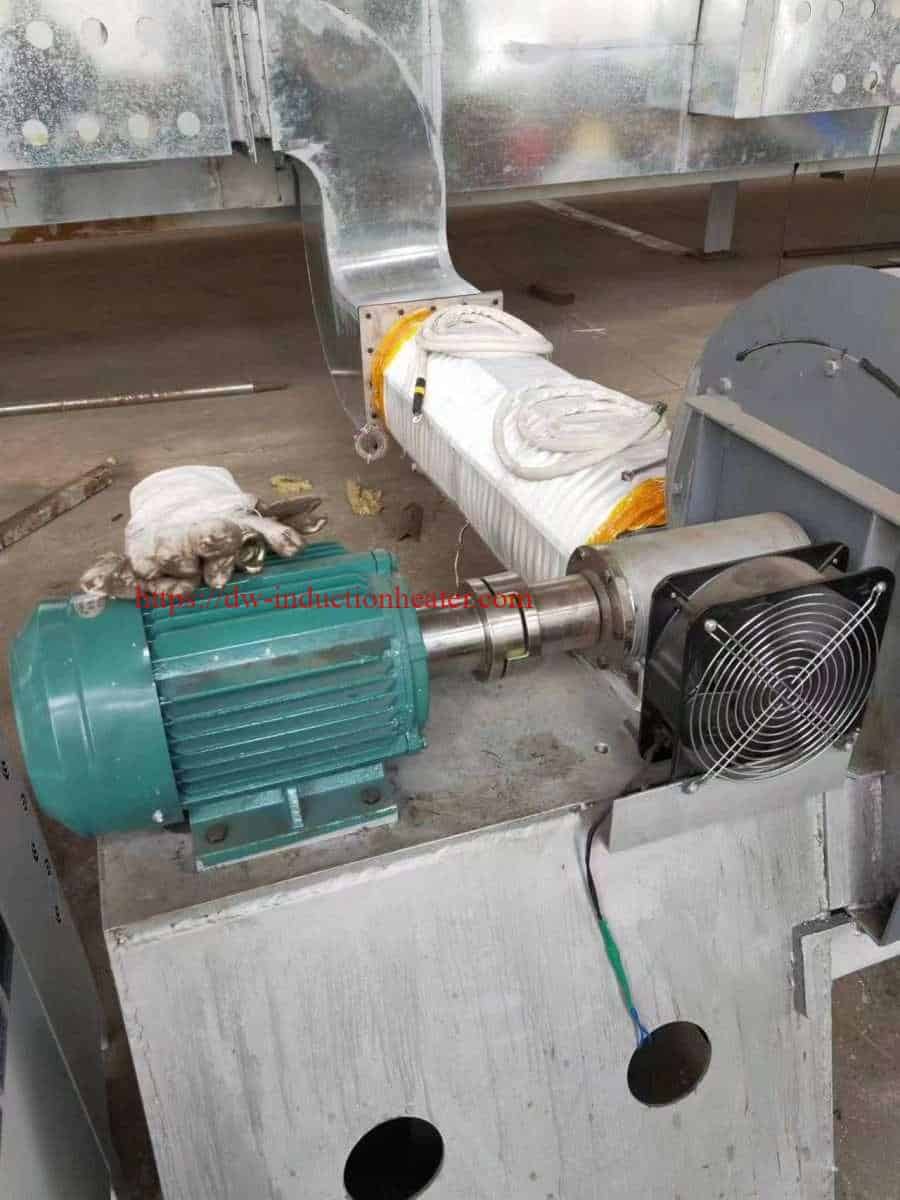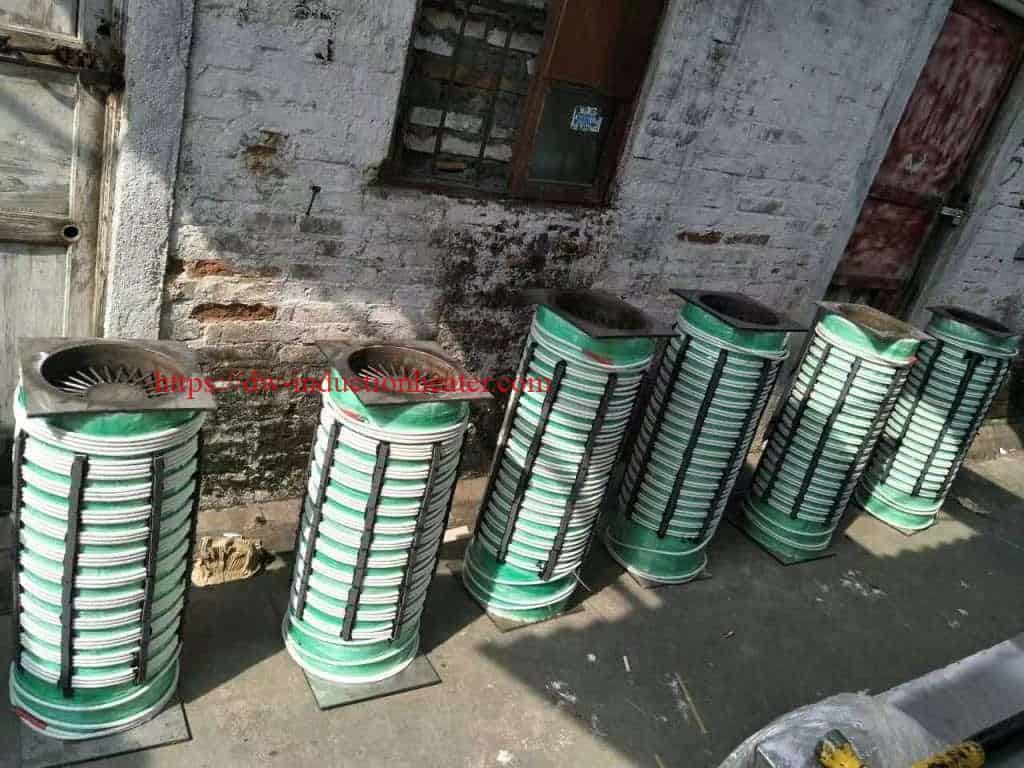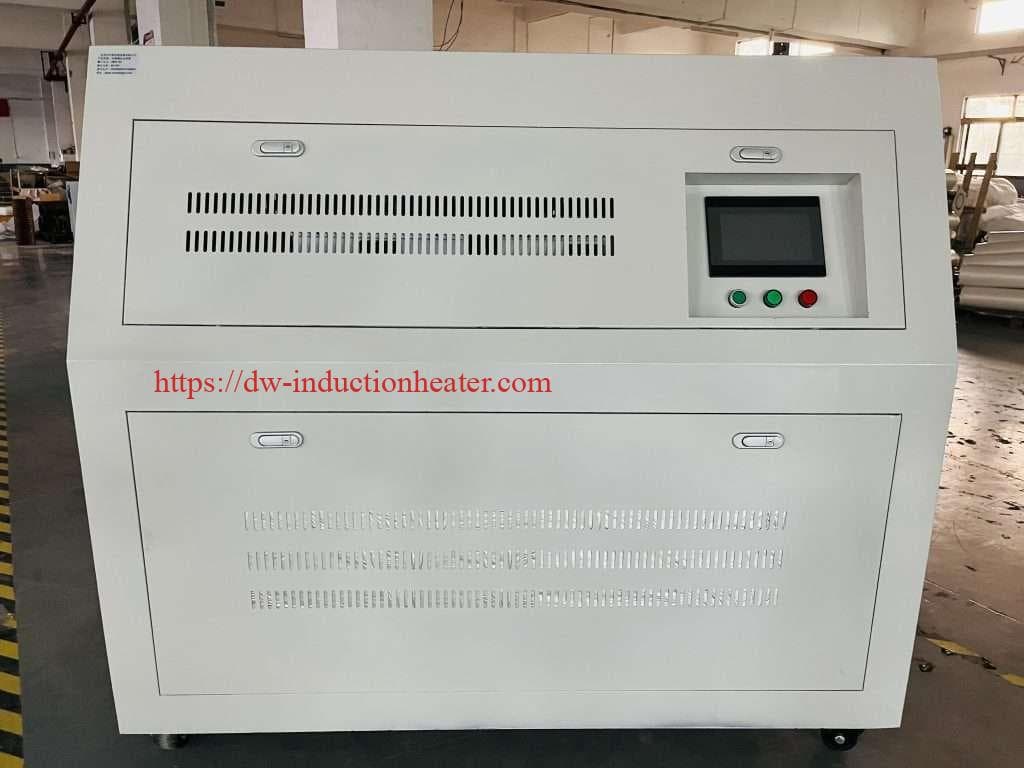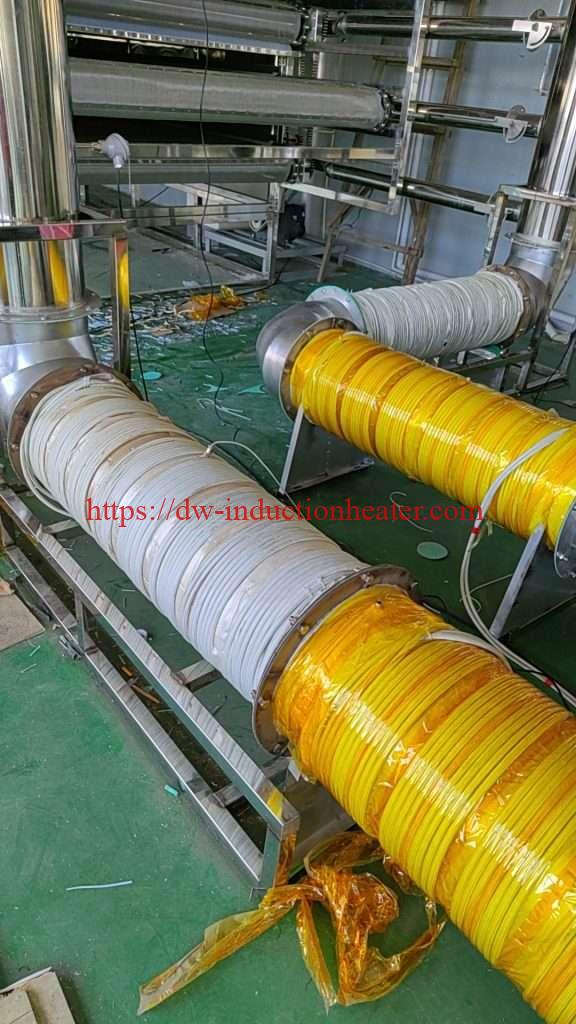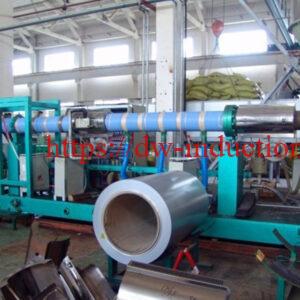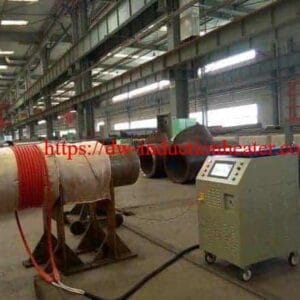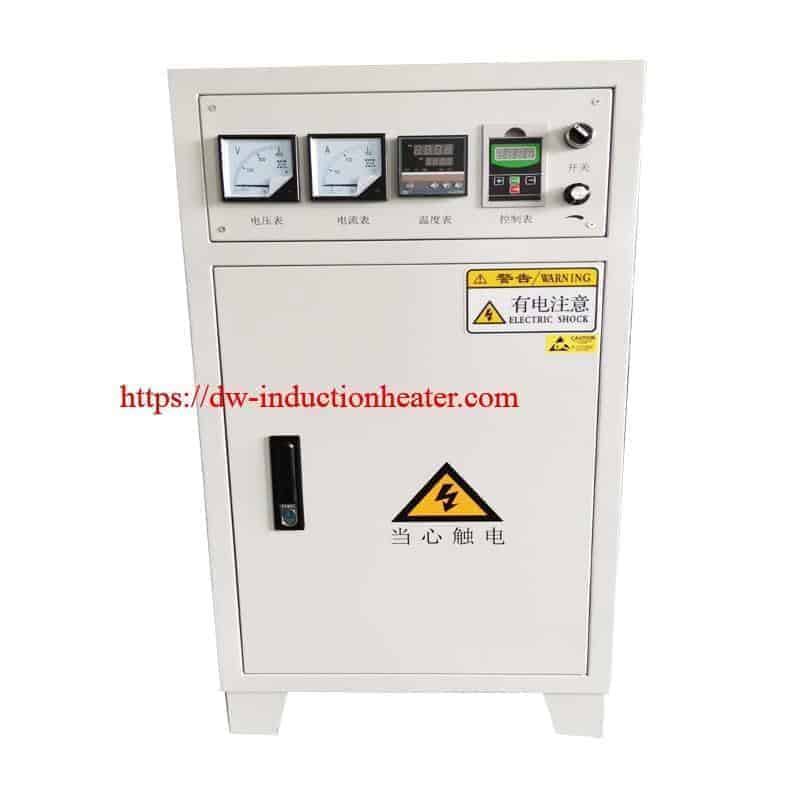-
1/5
-
2/5
-
3/5
-
4/5
-
5/5
induction heating hot air generators revolutionise industrial heating solutions
Description
Induction Heating Hot Air Generators: Revolutionizing Industrial Heating Solutions
In today’s rapidly evolving industrial landscape, energy efficiency and precision control have become paramount concerns for manufacturers across sectors. Induction heating hot air generators represent a revolutionary advancement in thermal processing technology, offering unparalleled efficiency, control, and environmental benefits compared to conventional heating methods.
Induction heating hot air generators are transforming modern industry by providing an energy-efficient, precise, and rapid source of hot air for a wide variety of applications. Unlike traditional resistance or gas-fired methods, induction hot air generators utilize electromagnetic principles to generate heat directly—delivering increased efficiency, faster response, and a cleaner working environment.
 What Are Induction Heating Hot Air Generators?
What Are Induction Heating Hot Air Generators?
An Induction Heating Hot Air Generator utilizes the principles of electromagnetic induction to generate heat directly within a specialized heat exchanger (often made of conductive or susceptible materials). Here’s a simplified breakdown:
- Induction Coil: An alternating electric current flows through an induction coil.
- Magnetic Field: This current creates a rapidly changing magnetic field around the coil.
- Induced Currents: The magnetic field penetrates a conductive heat exchanger placed within or near the coil, inducing electrical currents (eddy currents) within it.
- Resistance Heating: The resistance of the heat exchanger material to the flow of these eddy currents generates intense, instantaneous heat (Joule heating).
- Air Heating: A controlled stream of process air is passed over or through the heated exchanger, rapidly absorbing the thermal energy.
- Hot Air Output: The result is a continuous supply of precisely heated air delivered to your application.

This method eliminates the need for intermediary heat transfer fluids or slow-responding resistive elements, leading to significant advantages.
How Induction Heating Hot Air Generators Work?
- Electromagnetic Induction: A high-frequency alternating current passes through an induction coil, creating a rapidly changing magnetic field.
- Eddy Current Generation: This magnetic field induces eddy currents in the ferromagnetic heating element.
- Heat Production: The resistance to these currents generates heat directly within the material.
- Heat Transfer: A fan or blower system forces air across the heated elements, producing a controlled stream of hot air.
- Temperature Control: Advanced sensors and control systems maintain precise temperature regulation throughout the process.
Why Choose Induction Heating for Hot Air Generation?
Compared to conventional gas-fired or electrical resistance heaters, induction heating hot air generators deliver a host of benefits:
- Unmatched Energy Efficiency: Heat is generated directly within the heat exchanger, minimizing thermal losses to the surrounding environment. This results in significantly lower energy consumption (often 20-40% less).
- Rapid Heating & Response: Induction heating is virtually instantaneous. Generators can reach target temperatures much faster than conventional systems, reducing startup times and improving process agility.
- Precise Temperature Control: The power output can be controlled instantly and accurately, allowing for tight temperature tolerances (often within ±1°C), crucial for sensitive processes.
- Enhanced Safety: No open flames, combustion byproducts, or red-hot exposed heating elements significantly improve workplace safety. The heat is contained within the exchanger.
- Environmental Friendliness: With no combustion, there are zero local emissions (CO, CO2, NOx), contributing to a cleaner environment and meeting stricter regulations.
- Low Maintenance: No burners to clean or maintain, no fuel lines to check, and robust solid-state power supplies mean significantly reduced maintenance requirements and downtime.
- Compact Design: Induction systems can often be designed more compactly than traditional systems of equivalent power output.
- Process Versatility: Suitable for a wide range of airflow rates and temperatures, adaptable to diverse industrial processes.
Technical Parameters: Comprehensive Specifications
Understanding the technical parameters is essential when selecting an induction heating hot air generator for specific applications. The following tables provide detailed specifications across different power categories:
Table 1: General Technical Parameters by Power Category
| Parameter | Small-Scale (5-20kW) | Medium-Scale (25-60kW) | Industrial-Scale (80-200kW) |
|---|---|---|---|
| Input Voltage | 220V/380V, 3-phase | 380V/480V, 3-phase | 480V/600V, 3-phase |
| Working Frequency | 20-40 kHz | 10-30 kHz | 5-15 kHz |
| Air Fan Power | 0.75-2.2 kW | 3-7.5 kW | 11-30 kW |
| Max Air Temperature | 150-350°C | 300-500°C | 400-650°C |
| Air Volume | 250-800 m³/h | 1,000-2,500 m³/h | 3,000-8,000 m³/h |
| Air Pressure | 2,000-5,000 Pa | 5,000-8,000 Pa | 8,000-15,000 Pa |
| Heating Efficiency | 85-90% | 88-92% | 90-95% |
| Temperature Accuracy | ±2°C | ±1.5°C | ±1°C |
| Dimensions (L×W×H) | 800×600×1200 mm | 1200×800×1600 mm | 2000×1200×1800 mm |
| Weight | 120-300 kg | 350-800 kg | 1,000-2,500 kg |
Table 2: Control and Performance Specifications
| Feature | Standard Model | Advanced Model | Premium Model |
|---|---|---|---|
| Control Method | PID Controller | PLC with HMI | PLC with Touch Panel + Remote Monitoring |
| Temperature Control Range | 50-350°C | 50-500°C | 50-650°C |
| Warm-up Time | 3-5 minutes | 2-3 minutes | 1-2 minutes |
| Response Time | < 30 seconds | < 20 seconds | < 10 seconds |
| Programming Capabilities | Basic 5-step | 20-step with timing | 50-step with complex profiles |
| Data Logging | None | Basic (USB export) | Comprehensive (Cloud storage) |
| Remote Connectivity | None | Optional | Standard with API |
| Energy Monitoring | Basic | Advanced | Real-time with analytics |
| Safety Features | Standard | Enhanced | Comprehensive |
Table 3: Operational Cost Comparison
| Cost Factor | Induction Hot Air | Electric Resistance | Gas Heating |
|---|---|---|---|
| Initial Investment | High | Medium | Low |
| Energy Consumption | Low | Medium | High |
| Maintenance Cost (Annual) | 2-3% of investment | 5-8% of investment | 8-12% of investment |
| Lifespan (years) | 15-20 | 8-12 | 5-10 |
| ROI Period | 2-3 years | 3-5 years | 1-2 years |
| CO₂ Emissions* | Low | Medium | High |
| Total Cost of Ownership (10yr) | Lowest | Medium | Highest |
Data Analysis: Quantifiable Performance Gains
Switching to induction heating hot air generators yields measurable improvements:
- Energy Savings: Documented energy consumption reductions of 20-40% compared to indirect gas-fired systems or conventional electric resistance heaters due to direct heating and minimal thermal inertia.
- Increased Throughput: Faster heat-up times (often 50-70% quicker start-up) and rapid response to process changes can significantly shorten cycle times and boost production rates.
- Enhanced Product Quality: Precise temperature control minimizes overheating or under-heating, leading to more consistent product quality, better coating adhesion, uniform drying, and reduced material stress.
- Scrap Reduction: Consistent and uniform heating reduces the likelihood of defects caused by temperature fluctuations, leading to lower scrap rates (potential reductions of 5-15% reported in specific applications).
- Reduced Operating Costs: Lower energy bills combined with significantly reduced maintenance needs contribute to a lower total cost of ownership (TCO).
Applications Across Industries
Induction heating hot air generators have proven their versatility across numerous industrial applications:
Manufacturing and Processing
- Drying Operations: Paint, ink, adhesives, and coatings
- Curing Processes: Composite materials, resins, and specialized coatings
- Heat Treatment: Tempering, annealing, and stress relief
- Shrink Fitting: Precision assembly of components
Automotive Industry
- Paint Booth Heating: Precise temperature control for optimal finish quality
- Component Drying: After washing and surface treatment processes
- Adhesive Curing: For structural bonding applications
- Plastic Component Forming: Controlled heating for thermoforming operations

Food Processing
- Drying: Fruits, vegetables, and prepared foods
- Roasting: Coffee beans, nuts, and seeds
- Baking: Precision temperature control for consistent results
- Sterilization: Hot air treatment for packaging and equipment
Textile and Paper
- Fabric Drying: After dyeing and washing processes
- Paper Coating: Controlled drying for specialty papers
- Non-woven Material Processing: Uniform heat distribution for consistent quality
Pharmaceuticals and Medical
- Sterilization: Equipment and packaging materials
- Controlled Drying: Active pharmaceutical ingredients and finished products
- Clean Room Heating: Contamination-free process heating
Real-World Case Studies: Induction Heating in Action
Case Study 1: Automotive Paint Curing System Upgrade
Company: Global Automotive Manufacturer
Challenge: Reduce energy consumption and improve paint finish quality
Implementation:
- Replaced gas-fired convection ovens with 120kW induction hot air systems
- Integrated temperature profiling and zone control
Results:
- 42% reduction in energy consumption
- Paint defect rate decreased by 68%
- Annual savings of $375,000 in energy costs
- ROI achieved in 19 months
- Carbon emissions reduced by 1,250 tons annually
Technical Manager Quote: “The precision temperature control of the induction system has eliminated the inconsistencies we struggled with for years. Beyond the energy savings, our quality metrics have improved dramatically.”
Case Study 2: Pharmaceutical Packaging Sterilization
Company: Leading Contract Pharmaceutical Manufacturer
Challenge: Meet strict regulatory requirements while improving efficiency
Implementation:
- Installed 35kW induction hot air system with HEPA filtration
- Implemented comprehensive data logging and validation systems
Results:
- Validation success rate improved from 92% to 99.7%
- Processing time reduced by 35%
- Temperature uniformity improved from ±4°C to ±0.8°C
- Production capacity increased by 28% without facility expansion
- Annual energy savings of $87,000
Quality Director Quote: “The precision and consistency of the induction heating system has transformed our validation processes. We’re achieving better results with less energy while maintaining complete traceability.”
Case Study 3: Textile Industry Implementation
Company: Premium Textile Processor
Challenge: Improve drying efficiency while maintaining fabric quality
Implementation:
- Replaced steam-heated drying chambers with modular 60kW induction systems
- Custom-designed air distribution system for uniform treatment
Results:
- Processing speed increased by 40%
- Energy consumption reduced by 38%
- Product consistency improved with elimination of moisture variation
- Maintenance downtime reduced by 82%
- Water usage eliminated (previously required for steam generation)
Operations Manager Quote: “The switch to induction hot air has transformed our production capabilities. We’re processing more material, at higher quality, with significantly lower operating costs.”
Advantages of Induction Heating Hot Air Generators
Energy Efficiency
- Direct heat generation without transmission losses
- Rapid startup with minimal preheating requirements
- Precise power modulation based on actual demand
Process Control
- Instant response to temperature adjustments
- Uniform heat distribution without hot spots
- Precise profiling capabilities for complex processes
Operational Benefits
- Clean operation without combustion byproducts
- Minimal maintenance requirements
- Compact footprint compared to equivalent systems
- Silent operation without combustion noise
Environmental Impact
- Zero direct emissions during operation
- Compatible with renewable energy sources
- Reduced carbon footprint across the operational lifecycle
 Selection Considerations
Selection Considerations
When selecting an induction heating hot air generator, consider these critical factors:
- Process Requirements: Temperature range, air volume, and pressure needs
- Material Compatibility: Specific heating requirements of processed materials
- Control Integration: Compatibility with existing systems and future expansion
- Space Constraints: Installation footprint and utility requirements
- Regulatory Compliance: Industry-specific standards and certifications
- Total Cost of Ownership: Initial investment versus long-term operational savings
- Supplier Support: Technical expertise, spare parts availability, and service capabilities
Future Trends in Induction Heating Technology
The induction heating hot air generator market continues to evolve with several emerging trends:
- IoT Integration: Advanced connectivity for remote monitoring and predictive maintenance
- AI-Powered Control Systems: Self-optimizing systems that adjust parameters based on performance data
- Hybrid Systems: Integration with heat recovery and renewable energy sources
- Miniaturization: More compact designs for space-constrained applications
- Multi-zone Capabilities: Independent control of multiple heating zones within a single system
Conclusion
Induction heating hot air generators represent the pinnacle of modern industrial heating technology, offering unprecedented efficiency, control, and environmental benefits. The comprehensive technical data and real-world case studies presented demonstrate the transformative potential of these systems across diverse industrial applications. As energy costs continue to rise and environmental regulations tighten, induction technology provides a future-proof solution that delivers both immediate operational benefits and long-term strategic advantages.
For manufacturers seeking to optimize their thermal processes, enhance product quality, and reduce operational costs, induction heating hot air generators offer a compelling value proposition that merits serious consideration. The initial investment is quickly offset by substantial operational savings, improved process control, and enhanced product quality—creating a compelling business case for this innovative technology.


